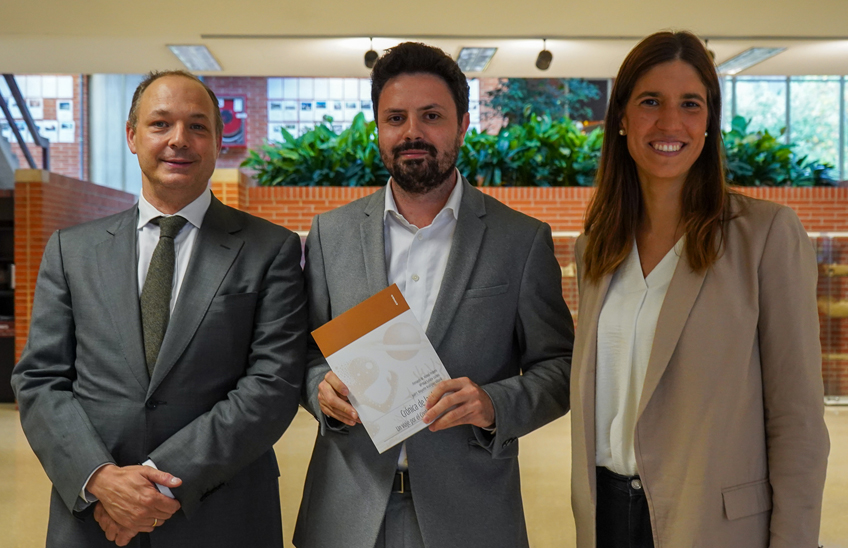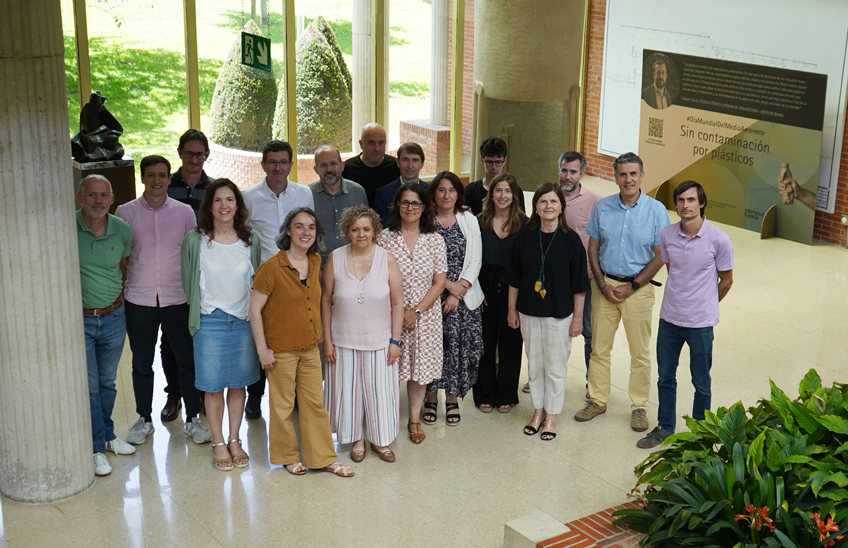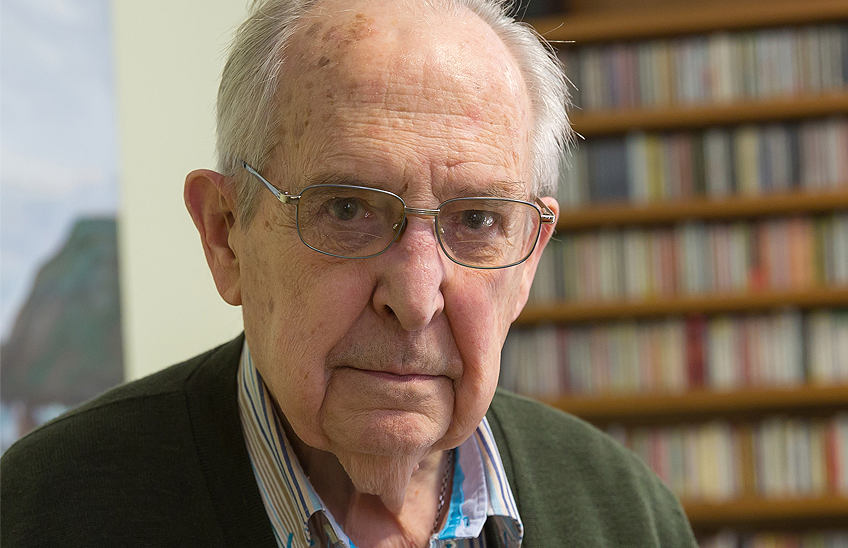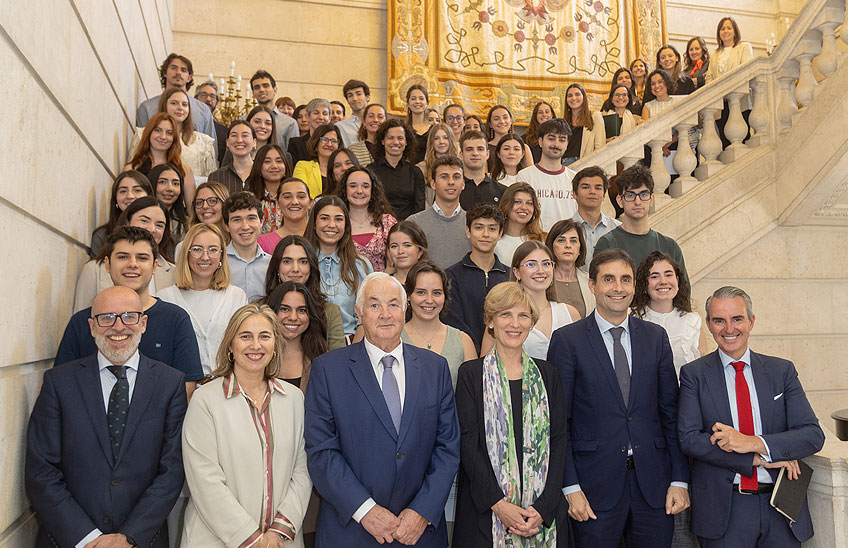Research analyzes the impact of epidemics in nursing homes according to their architecture
QPEA Forum, researchers from the University of Navarra and ASBAR carry out a pioneer study in Spain, in 71 residences in the region of Navarra
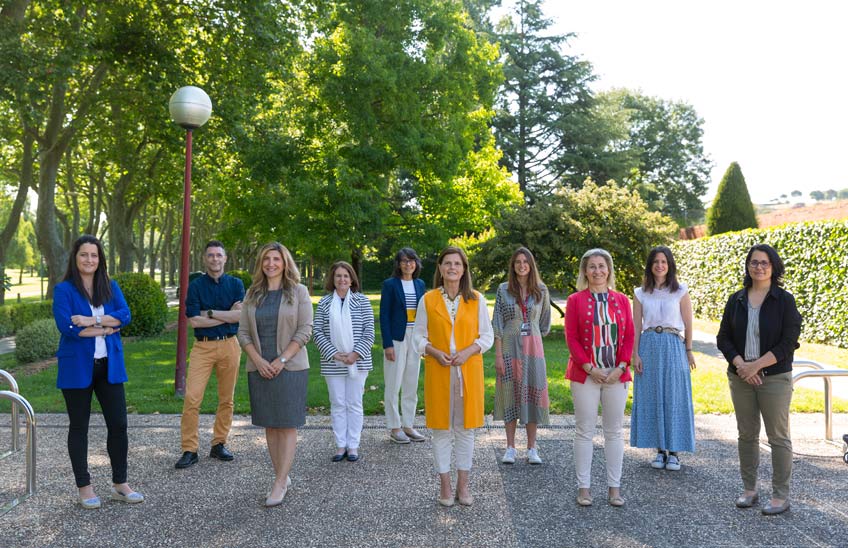
PhotoManuel Castells/From left to right, the researchers Nuria Garro, David González, Inés Aztarain, Purificación González, Menchu Larráyoz, Ana Sánchez-Ostiz, Giulia Torchitti, Ana Isabel Vitas, María Díez and Aurora Monge. Also participate in the research Dolores López Hernández and Juan Echeverría.
17 | 08 | 2021
A research project involving experts from the QPEA Forum, the SAVIArquitectura research group of the University of Navarra and ASBAR analyzes how the architectural design of homes for the elderly influences the impact of epidemics or pandemics such as the one caused by COVID19. The objective is to establish the architectural and environmental parameters that help prevent and reduce these harmful effects for their users.
As the research group advises, the number of elderly people who died in nursing homes during the coronavirus crisis in Spain accounted for 55% of the total number of deaths, 18,500 people according to the figures offered by the MTAS in 2020. In Navarra, the experts point out, the number of deaths in nursing homes in the first wave amounted to 647, out of a total of 5,835 residential places, according to the Social Reality Observatory Report of the Regional Government of Navarre.
“Taking into account the international consensus on the clear vulnerability of older people in centers, exacerbated by the social isolation measures taken in the case of the pandemic, we believe that the environmental design of social and health care environments can be key to the management of psychological symptoms. Especially for people with dementia, for whom the quality of light, temperature, noise, furniture layout, etc. is very important," explains Inés Aztarain, from QPEA.
Monitoring and surveys of the 71 residences in Navarre
Ana Sánchez-Ostiz, principal researcher of the project at SAVIArquitectura of the University of Navarra, stresses that ventilation has been shown to be essential to avoid the risk of contagion, a measure that has been promoted during the pandemic. "However, in the case of the elderly it is essential to ensure adequate temperature conditions in winter and summer, as it has been shown that mortality and morbidity increase in cold weather and heat waves, especially among the vulnerable population," stresses the Director of the Master's Degree in Environmental Design and Management of Buildings (MDGAE).
In this initial phase of the study, the experts require 71 residences in Navarra to participate in a survey. Focus groups will also be carried out in 10 residences. At the moment, 4 residences are already being monitored, where temperature, humidity and CO2 conditions, the presence of microorganisms (to know the quality of the indoor air and whether ventilation is effective), etc., are continuously measured. "The 4 residences have been selected based on the year of construction, the location in urban or rural area, the size of the municipality and the climatic zone. In addition, within these four residences, the first Passivhaus residence in Spain, located in Cizur Menor, is being monitored", specifies Ana Sánchez-Ostiz.
Another of the researchers participating in the study, microbiologist Ana Isabel Vitas also from the University of Navarra, says that the results of the air samples analyzed so far confirm that, in general, the levels of microorganisms - the predominant ones among the isolated bacteria are the usual ones in the normal human microbiota - are similar to those observed in the outdoor environment of the residences: "The fact that there is no bacterial amplification indicates that air renewal is adequate and/or that occupancy levels are correct".

